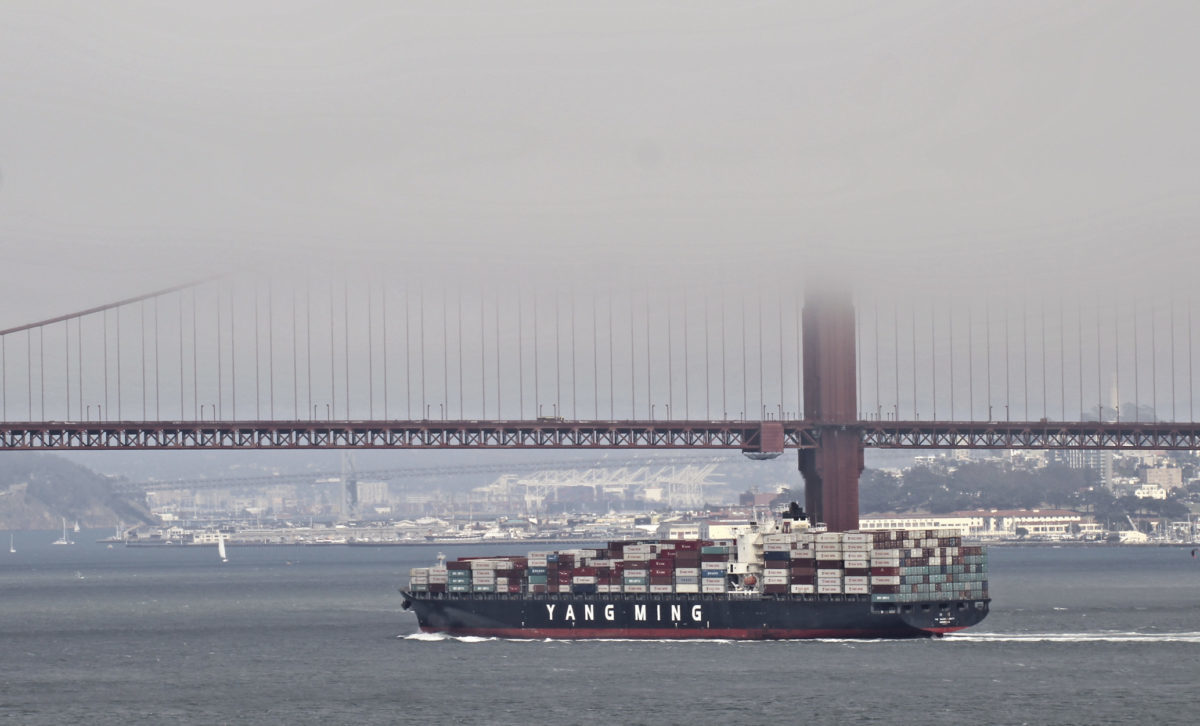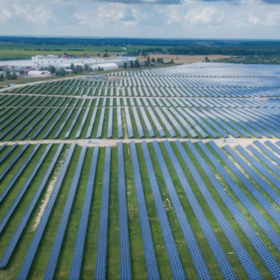From pv magazine, September 2019
This is an excerpt from a larger article on tariffs. Visit https://www.pv-magazine.com/issue/09-2019/ for the full details.
For the solar PV industry, which became mainstream as a globalized industry around the turn of the century, the specter of increased trade tariffs in a wide range of countries risks undermining the great strides solar has made in reducing its LCOE. On the other hand, having an extended solar value chain in place has its benefits: if a country lacks a significant manufacturing base and relies to a great extent on imports to feed its solar installations, it will suffer in terms of energy independence, especially as PV and battery storage continue to displace conventional energy generation.
Each market also has its own characteristics (environment, roof structures, etc.) and the more extensive the solar value chain, the better the country can fashion its solutions to such characteristics. Finally, there is the employment argument, which equates a more extensive solar value chain with a more diverse and technologically advanced workforce in the strategically important field of renewable energy. The employment argument can also go the other way along the following lines: the lower the cost of solar, the more projects are planned and built, which in turn stimulates employment on the downstream side.
In India a 25% safeguard duty has not stemmed the influx of foreign modules. According to analysts at Bridge to India, one year after the tariff was imposed in July 2018, the share of foreign modules continues to hover around 90%, showing how difficult it is for governments to steer markets with tariffs.
In the European Union, the abolition of the MIP created a virtual solar renaissance, with solar installations in the EU forecast to grow by as much as 80% year-on-year in 2019, after the MIP was rescinded last September.
In both India and the EU, the lack of manufacturing depth, not only on the PV side but also with batteries, remains a central issue. And with Trump erecting barriers across the Atlantic we could see governments in the Old World consider putting up their own walls to protect and grow their technology and manufacturing base.
The United States probably offers the most complex picture, since the old AD and CVD duties remain in place and have been sandwiched together with myriad other tariffs established during the Trump presidency. These Trump tariffs include Section 201, 232 and 301 duties, the final of which is part of the Trump administration’s broader campaign to pressure China to change the way it handles foreign trade and investment.
Even before Donald Trump was elected, China had responded by introducing its own tariffs, with one of the victims being U.S. polysilicon producers. This was one of the last areas where the U.S. still has a significant production footprint in the PV industry. Unlike Section 301 duties, which apply only to China and cover cells, modules and inverters (at a duty rate of 25%, up from 10% starting May 10), Section 201 and 232 duties cover all countries exporting to the United States.
The concern is that such measures and countermeasures could spiral out of control and turn a truly globalized market into many walled gardens with artificially high prices. This is clearly not a scenario in line with fostering clean energy and combating climate change. On the other hand, a mega-deal between the United States and China could bring us back to the path of globalization and free trade and with it the hope of addressing climate change on a truly global level.
Shifting destinations
The impact of United States’ removal of preferential treatment for Indian PV cell imports, whether assembled into modules or not, will be fully reflected in Q2 2019 figures, however, it is clear that India’s PV manufacturers are already looking at alternative markets – and having some success.
The United States continued to be India’s largest export market at INR 16,500 lakh (US$23 million) in Q1 this year – the situation may change as figures for following months become available, with the impact of 25% tariffs coming into effect – but there is a huge jump in exports to some markets.
While the figures for Denmark, India’s second largest PV export market in 2018-19, are not available for the quarter, Belgium emerged as the second largest market at INR 3000 lakh (US$4 million) – more than for the full year 2018 total of INR 2400 lakh (US$3 million). Exports to South Africa stood third at INR 1100 lakh (US$1.5 million).
Topping the countries which registered significant growth in Q1 is Somalia, where India’s exports reached INR 900 lakh (US$1 million) against year 2018-19’s total of INR 2 lakh (US$2,800).
Market trends show the European Union (Belgium, Portugal, Sweden) and African countries (South Africa, Somalia and Ghana) – in addition to Asian countries like Korea and Pakistan – are emerging as significant markets for Indian modules.
These reported figures tend to be in line with the views of Vikram Solar’s Chief Financial Officer Rajendra Kumar Parakh, who said that with the United States becoming a costly proposition, Indian solar manufacturers that have already lost the domestic market to cheaper Chinese imports, “will now target Africa, The Middle East and North Africa (MENA) region, and other rapidly growing solar markets to export.”
However, given that Indian solar manufacturers are finding it challenging to match aggressive pricing of Chinese solar equipment within the global markets as well, the demands are rising for the Government of India to provide incentives on export to help them go toe-to-toe with the global suppliers.
Why exports?
In July 2018, India applied a two-year safeguarding duty on solar PV cells and modules from China and Malaysia, in order to protect domestic players from the steep rise in cheaper imports. In line with the notification issued by the ministry, a 25% safeguard duty was imposed between July 30, 2018 and July 29, 2019. The duty tapers down to 20% between July 30, 2019 and January 29, 2020, and to 15% from January 30 to July 29, 2020.
The duty, however, didn’t deliver the intended results: Solar developers have chosen to shift source of import rather than sourcing higher-priced products from domestic manufacturers. So, there has been a surge in cheaper imports being rerouted though locations such as Vietnam, Singapore and Thailand, where the duty is not applicable.
In fact, a recent Bridge to India report says that the share of imported solar modules used in Indian solar projects is still around 90% – the same as before imposition of safeguard duties.
With a foothold lost in the domestic market to cheaper solar imports, Indian solar manufacturers are eyeing the untapped and emerging solar markets globally to generate revenue.
This content is protected by copyright and may not be reused. If you want to cooperate with us and would like to reuse some of our content, please contact: editors@pv-magazine.com.









By submitting this form you agree to pv magazine using your data for the purposes of publishing your comment.
Your personal data will only be disclosed or otherwise transmitted to third parties for the purposes of spam filtering or if this is necessary for technical maintenance of the website. Any other transfer to third parties will not take place unless this is justified on the basis of applicable data protection regulations or if pv magazine is legally obliged to do so.
You may revoke this consent at any time with effect for the future, in which case your personal data will be deleted immediately. Otherwise, your data will be deleted if pv magazine has processed your request or the purpose of data storage is fulfilled.
Further information on data privacy can be found in our Data Protection Policy.